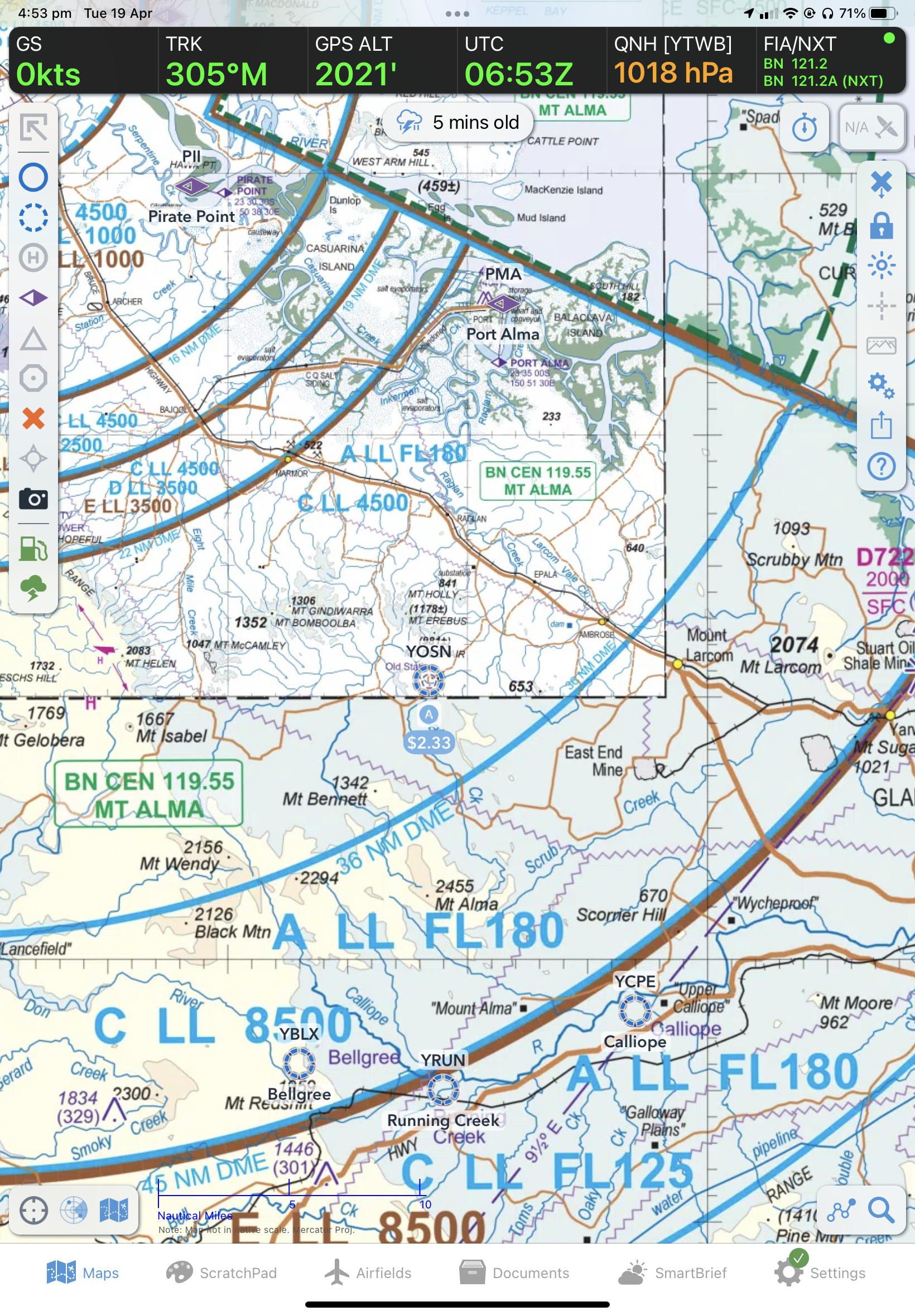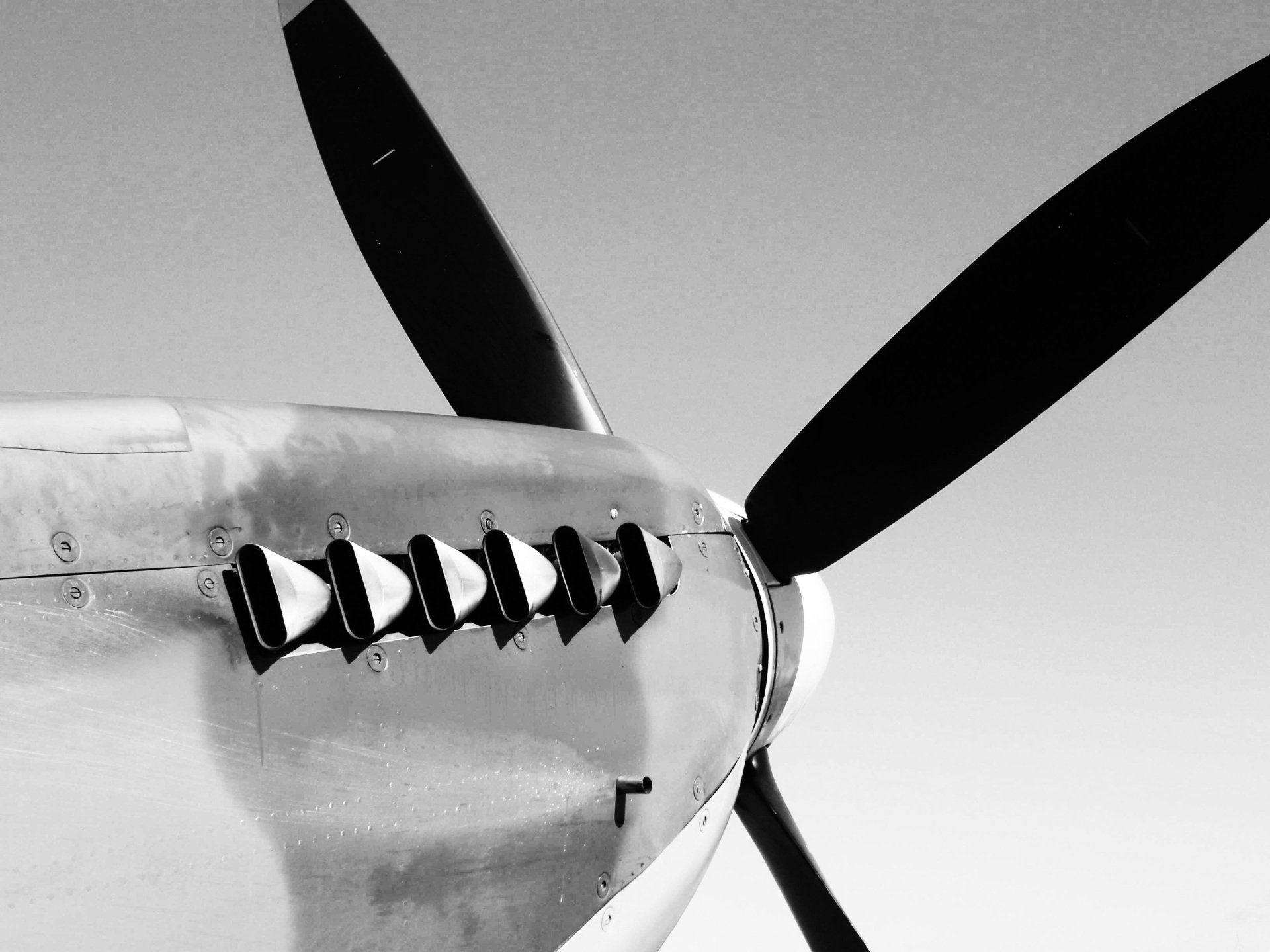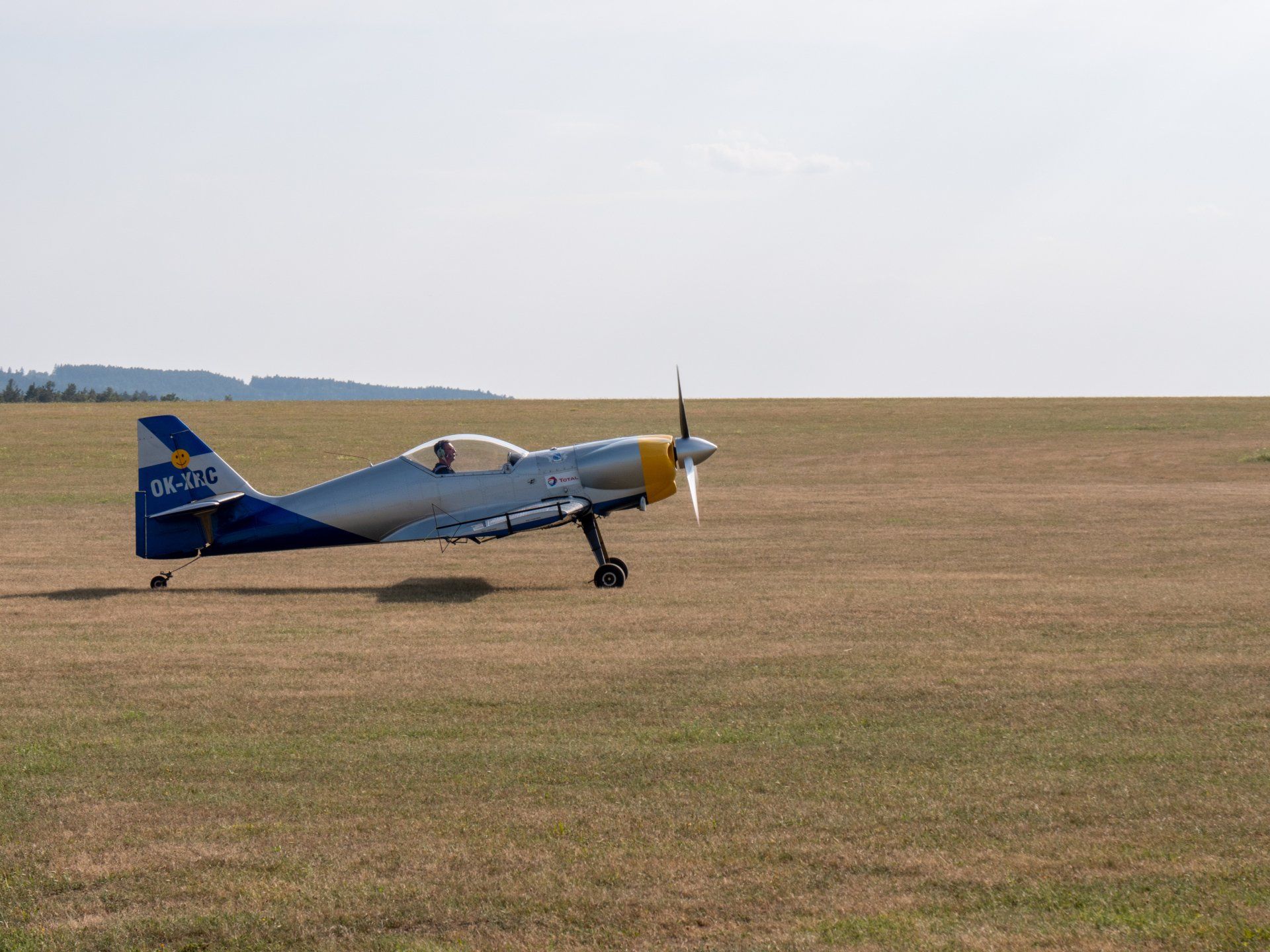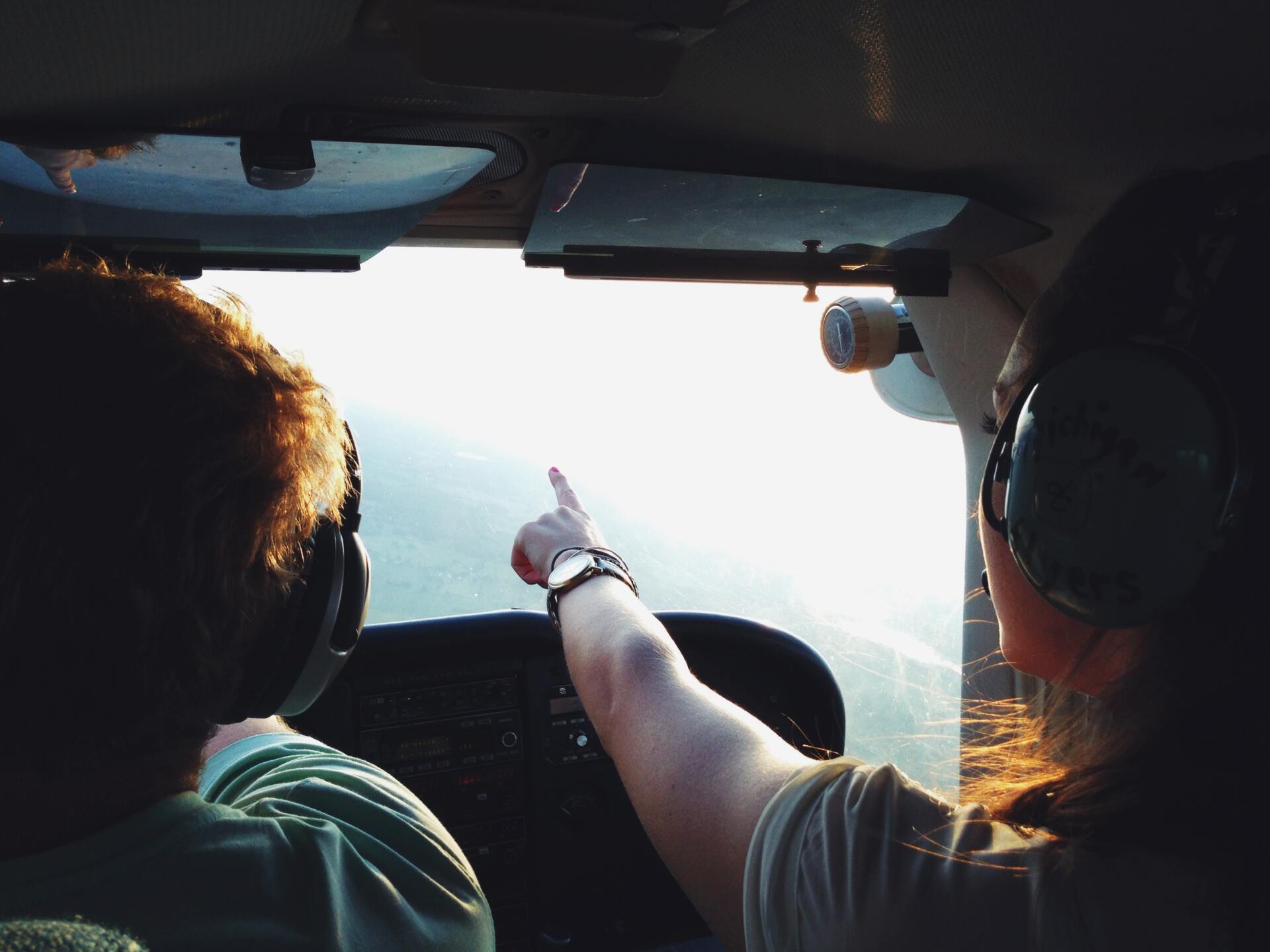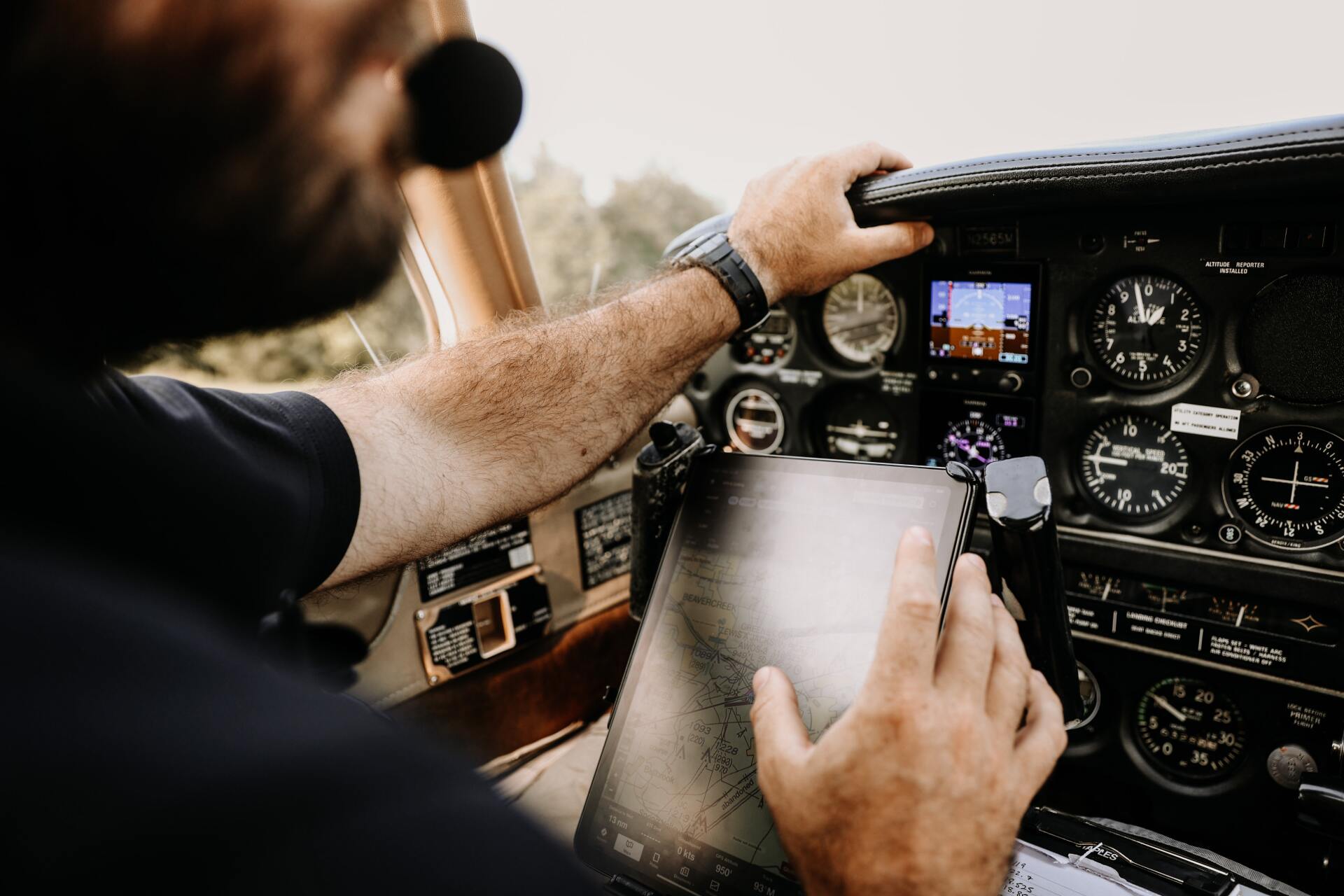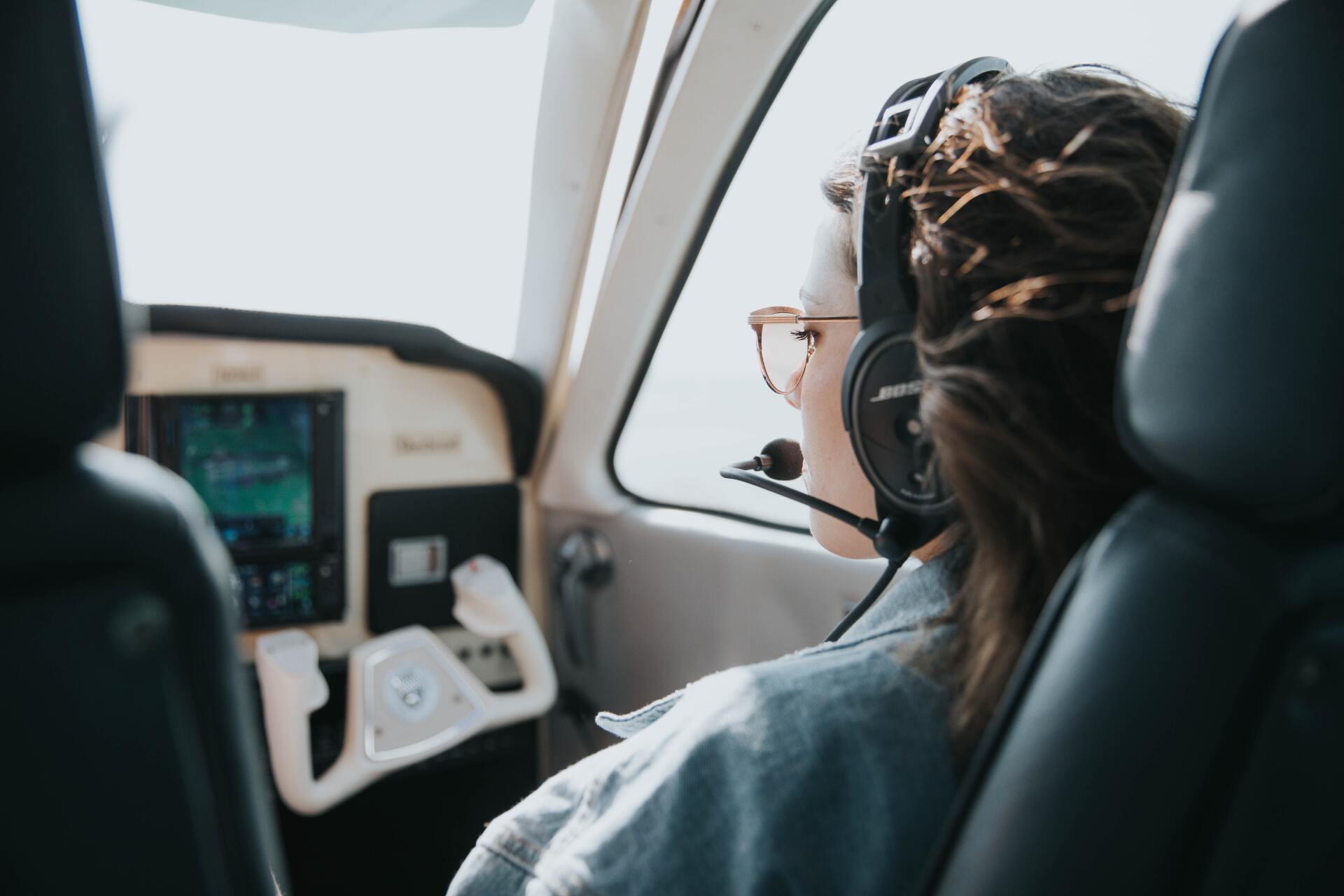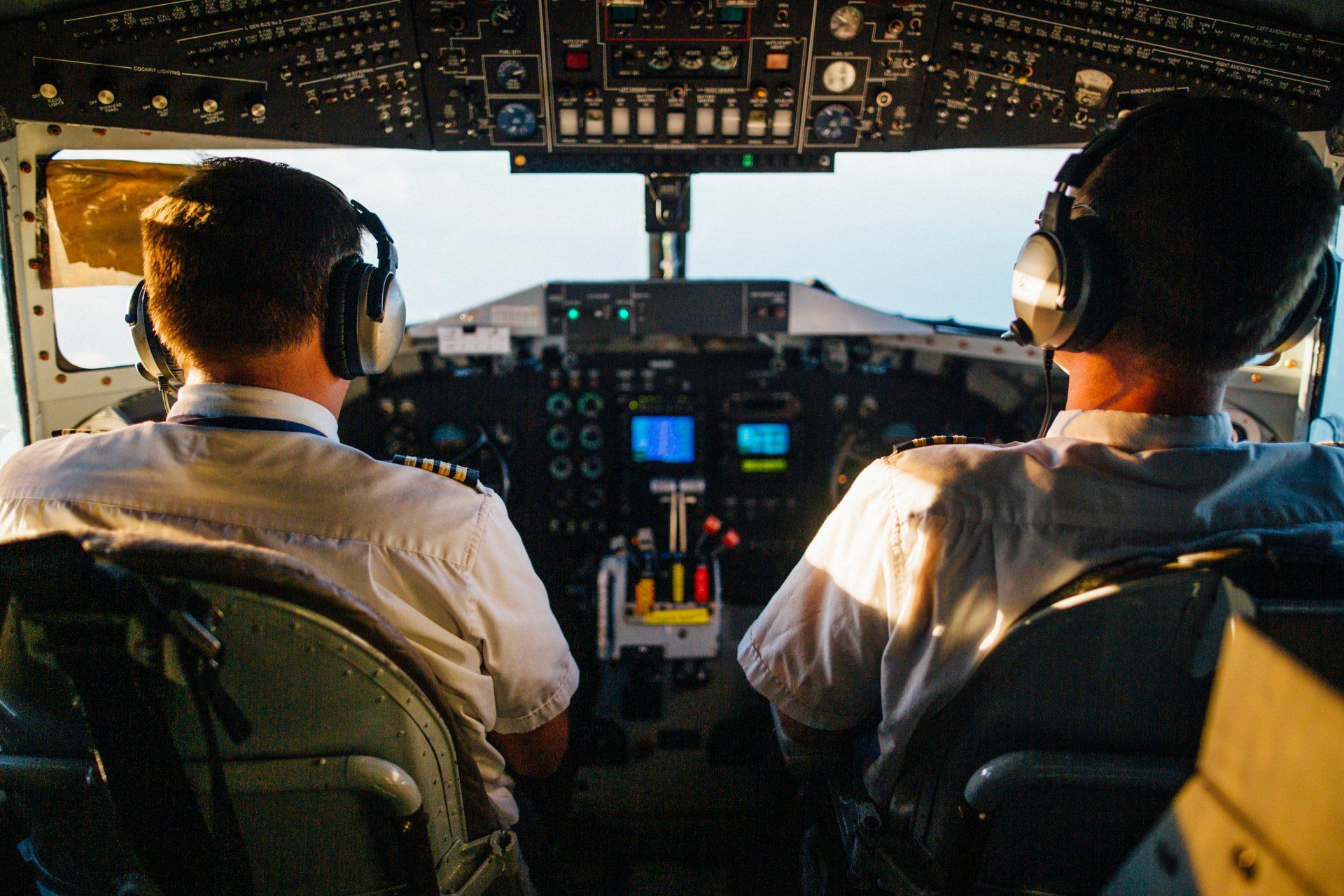
Darling Downs Aero Club
Est. 1946
Slipstream Online
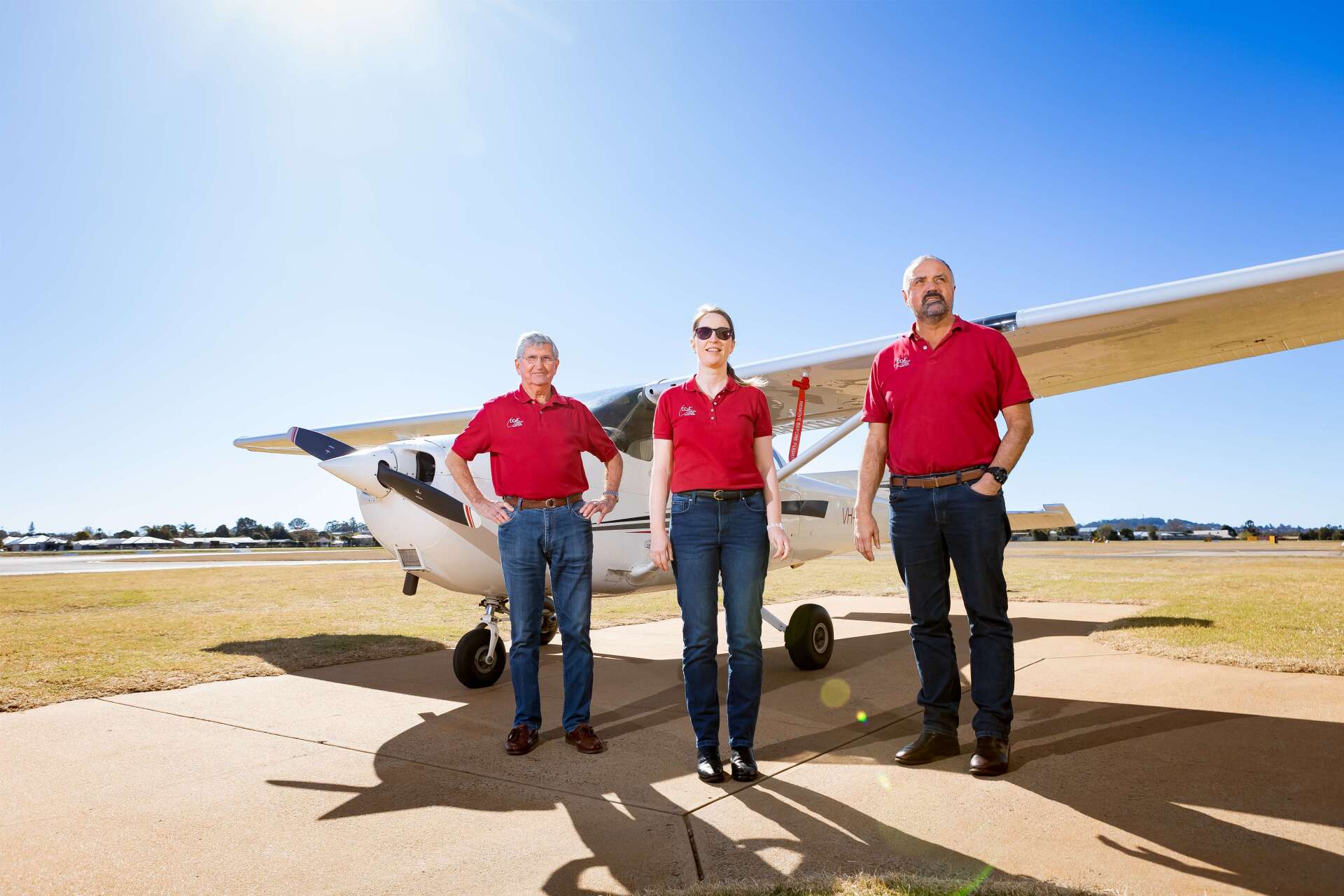
24 Sep, 2023
A student pilot's journey through aviation training depends heavily on flight instructors. Here are some important ways that flight instructors can help and guide their students while they are learning to fly: Giving knowledge and experience: Flight instructors bring a plethora of knowledge and experience to the table, giving students the fundamental understanding and abilities necessary to become safe and successful pilots. They are in charge of instructing pupils on everything from fundamental flight maneuvers to sophisticated emergency procedures. Aircraft and student safety are the responsibility of flight instructors. They keep track of and evaluate students' development while offering advice and criticism to help them hone their abilities and methods. Additionally, they guarantee that all flights follow the essential laws and norms. Training that meets individual needs: Every learner is different, with their own learning preferences, skills, and objectives. Each student receives individualised instruction from the flight instructors, who may sometimes modify their teaching methods to ensure that each student is prepared to succeed. Encouragement and motivation: Flight instructors are essential in encouraging and motivating pupils to achieve their maximum potential. As students encounter difficulties or failures, they offer direction and support, assisting them to overcome their challenges and helping them boost their self-confidence. Mentoring and guidance: Flight instructors are frequently seen as role models for students, offering not only technical teaching but also direction and advice on career prospects, market trends, and other facets of aviation. They can be a priceless tool for students who want to develop their professions or get more involved in the aviation industry. Flight instructors play a crucial role in a flight student's aviation training journey by offering information and experience, guaranteeing safety, customising instruction to specific needs, encouraging and inspiring students, and mentoring them as they advance in their careers.
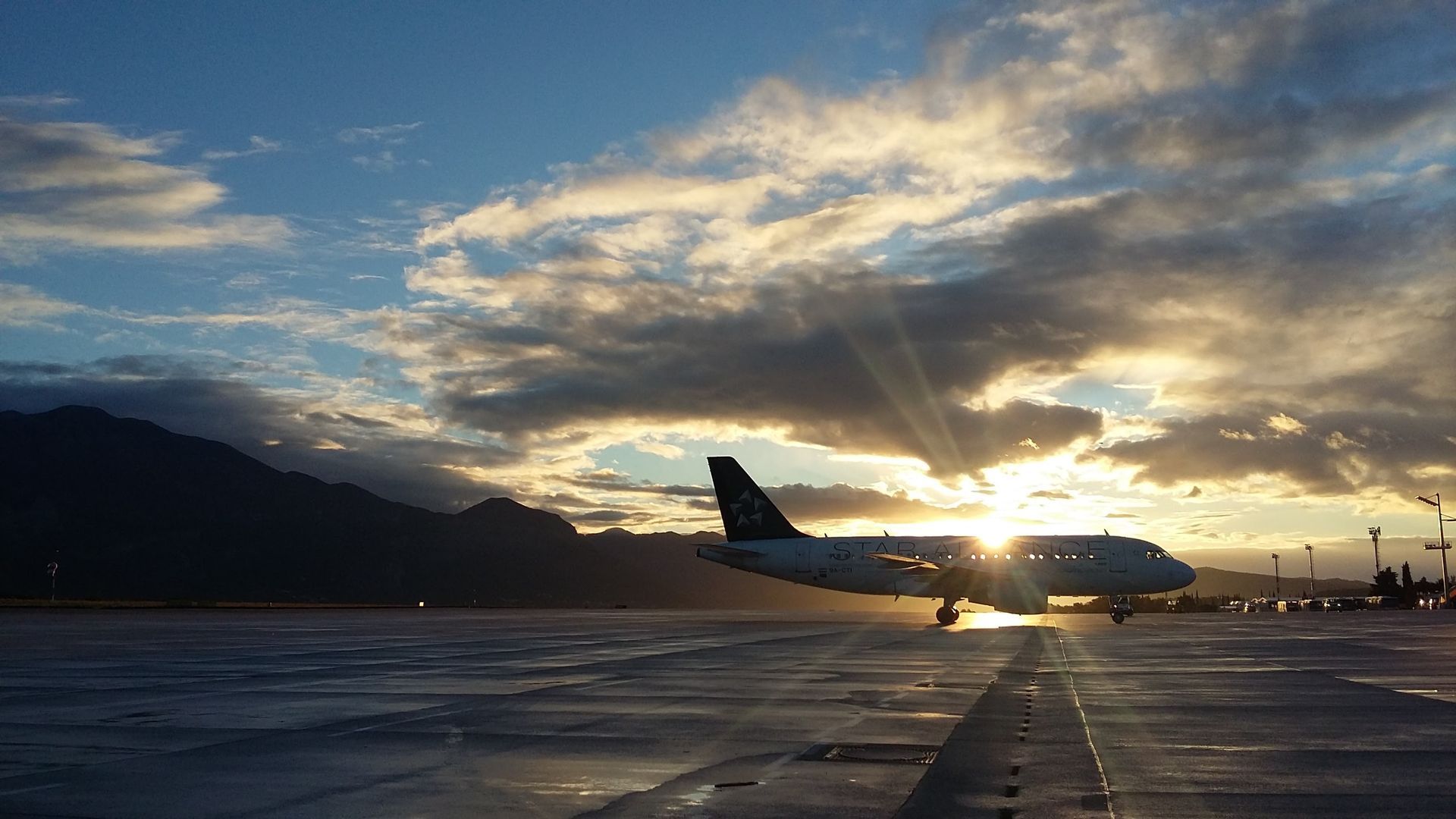
27 Jun, 2023
As new technology and ideas shape the future of flight, the aviation sector is continuously evolving. Innovators and major trends to watch include: Electric Aircraft The development of electric aircraft for a variety of uses, from small personal planes to larger commercial aircraft, is gaining steam as electric propulsion systems find more and more usage in aviation. Aviation Sustainability As the pressure to cut carbon emissions in the aviation sector grows, sustainable aviation is a crucial trend to keep an eye on. Biofuels and electric planes are just two of the sustainable aviation technologies being developed to help cut down on emissions. Autonomous Aircraft Progress in automation and artificial intelligence is making it easier to make aircraft that can fly themselves. The aviation industry could become more cost-effective, safe, and efficient thanks to these planes. Urban Air Mobility The use of tiny, electric aircraft to move people and goods throughout cities is known as urban air mobility. This pattern is becoming more popular as a possible solution to traffic jams and other problems with urban transportation. Virtual and Augmented Reality Virtual and augmented reality technologies are used in the aviation industry for a variety of things, such as training pilots and doing maintenance and repairs. These technologies could make flights safer, cheaper, and more enjoyable all around. Advanced Materials Advances in materials science have made it possible to make airplane parts that are stronger, last longer, and weigh less. Modern materials like carbon fiber and 3D-printed parts are changing how airplanes are made and how they are designed. Big Data Analytics The aviation industry creates a huge amount of data, which is then analyzed using big data analytics to improve overall performance, efficiency, and safety. Big data analytics is changing the aviation industry in many ways, like predicting when maintenance will be needed and making flight paths more efficient.

24 Sep, 2023
A student pilot's journey through aviation training depends heavily on flight instructors. Here are some important ways that flight instructors can help and guide their students while they are learning to fly: Giving knowledge and experience: Flight instructors bring a plethora of knowledge and experience to the table, giving students the fundamental understanding and abilities necessary to become safe and successful pilots. They are in charge of instructing pupils on everything from fundamental flight maneuvers to sophisticated emergency procedures. Aircraft and student safety are the responsibility of flight instructors. They keep track of and evaluate students' development while offering advice and criticism to help them hone their abilities and methods. Additionally, they guarantee that all flights follow the essential laws and norms. Training that meets individual needs: Every learner is different, with their own learning preferences, skills, and objectives. Each student receives individualised instruction from the flight instructors, who may sometimes modify their teaching methods to ensure that each student is prepared to succeed. Encouragement and motivation: Flight instructors are essential in encouraging and motivating pupils to achieve their maximum potential. As students encounter difficulties or failures, they offer direction and support, assisting them to overcome their challenges and helping them boost their self-confidence. Mentoring and guidance: Flight instructors are frequently seen as role models for students, offering not only technical teaching but also direction and advice on career prospects, market trends, and other facets of aviation. They can be a priceless tool for students who want to develop their professions or get more involved in the aviation industry. Flight instructors play a crucial role in a flight student's aviation training journey by offering information and experience, guaranteeing safety, customising instruction to specific needs, encouraging and inspiring students, and mentoring them as they advance in their careers.

27 Jun, 2023
As new technology and ideas shape the future of flight, the aviation sector is continuously evolving. Innovators and major trends to watch include: Electric Aircraft The development of electric aircraft for a variety of uses, from small personal planes to larger commercial aircraft, is gaining steam as electric propulsion systems find more and more usage in aviation. Aviation Sustainability As the pressure to cut carbon emissions in the aviation sector grows, sustainable aviation is a crucial trend to keep an eye on. Biofuels and electric planes are just two of the sustainable aviation technologies being developed to help cut down on emissions. Autonomous Aircraft Progress in automation and artificial intelligence is making it easier to make aircraft that can fly themselves. The aviation industry could become more cost-effective, safe, and efficient thanks to these planes. Urban Air Mobility The use of tiny, electric aircraft to move people and goods throughout cities is known as urban air mobility. This pattern is becoming more popular as a possible solution to traffic jams and other problems with urban transportation. Virtual and Augmented Reality Virtual and augmented reality technologies are used in the aviation industry for a variety of things, such as training pilots and doing maintenance and repairs. These technologies could make flights safer, cheaper, and more enjoyable all around. Advanced Materials Advances in materials science have made it possible to make airplane parts that are stronger, last longer, and weigh less. Modern materials like carbon fiber and 3D-printed parts are changing how airplanes are made and how they are designed. Big Data Analytics The aviation industry creates a huge amount of data, which is then analyzed using big data analytics to improve overall performance, efficiency, and safety. Big data analytics is changing the aviation industry in many ways, like predicting when maintenance will be needed and making flight paths more efficient.
Useful links
Contact us
Business hours
- Mon - Sun
- -
Stay in touch
Stay in touch
Thank you for providing us your email address.
We have added you to our mailing list
Oops, there was an error sending your message.
Please try again later
Please try again later
